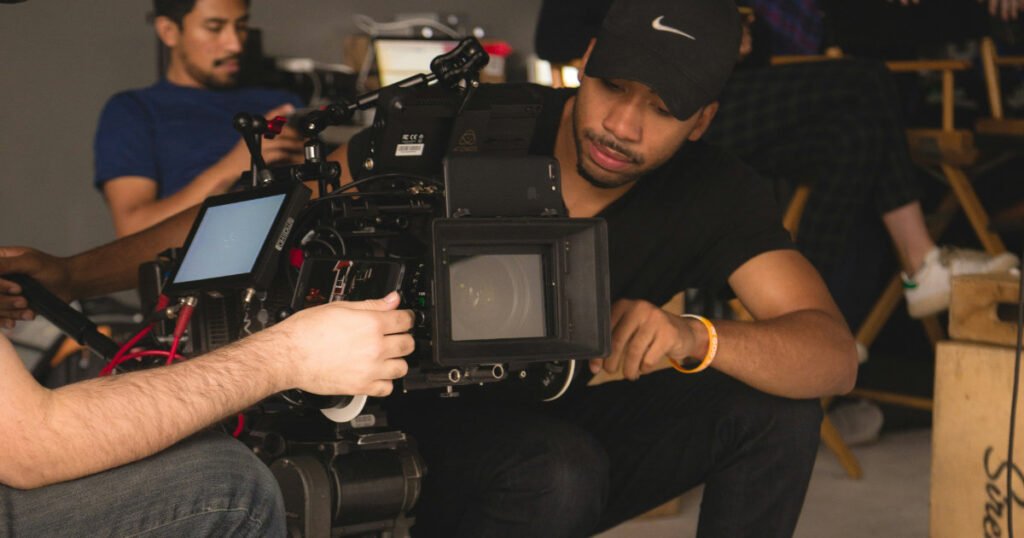Audio Post-Production for Documentaries


Ever wondered how documentaries pull you into their narrative so effectively? It’s not just about the visuals; the real game-changer is the audio narrative. In documentaries, crafting audio narratives is a fine art, requiring a delicate balance of realism and storytelling.
The Art of Documentary Audio: More Than Just Background Noise
When it comes to documentaries, audio is a storyteller in its own right. It’s not just ambient sound or a backdrop to the visuals; it’s an integral part of the narrative. The art of documentary audio lies in its ability to enhance the storytelling without overpowering it. Skilled audio post-production teams work meticulously to ensure that every rustle, dialogue, and background score contributes to the overall narrative, creating an immersive experience for the audience.
What’s fascinating is how documentary audio balances authenticity with artistic expression. Unlike scripted films, documentaries deal with real-life sounds, which are often unpredictable and unpolished. Audio post-production is where these sounds are carefully curated and woven into a coherent narrative. It’s about finding the perfect mix of rawness and clarity, ensuring that the audio tells a truthful yet compelling story.
Sound Storytelling: Weaving Audio Magic in Documentaries
In sound storytelling, every element of audio plays a pivotal role. From the subtle nuances of ambient sounds to the emotional weight of a well-placed musical score, it all contributes to the story being told. For instance, the sound of waves crashing might symbolize turmoil, or a serene birdsong could set the scene for a peaceful narrative. It’s about using sound to evoke emotions and convey messages without a single word.
Moreover, the evolution of sound design technologies has expanded the possibilities of sound storytelling in documentaries. Advanced tools allow for the creation of rich, layered soundscapes that can transport viewers to different times and places. Whether it’s recreating historical events or exploring distant cultures, the magic of sound storytelling lies in its ability to make the audience feel like they’re right there, experiencing the story firsthand.
Behind the Scenes: The Process of Audio Post-Production
The process of audio post-production in documentaries is a blend of technical skill and creative vision. It begins with sound editing, where the raw audio is cleaned up and arranged. This is where unwanted noises are removed, and the best takes are selected. Sound editors play a crucial role in this phase, ensuring that the dialogue, ambient sounds, and other audio elements are crisp and clear.
Following sound editing is the mixing stage. This is where the magic really happens. Mixing involves adjusting levels, adding effects, and ensuring that every audio element is harmonically balanced. It’s a meticulous process that requires a keen ear and a deep understanding of how sound influences emotions and storytelling. A well-mixed documentary can make the difference between a good and a great viewing experience.
The Future of Documentary Audio: Trends and Innovations
Looking towards the future, the field of documentary audio is ripe with potential. New technologies like spatial audio and immersive sound formats are opening up exciting possibilities. These advancements allow for a more 3D sound experience, giving viewers a sense of being in the midst of the action. Imagine watching a documentary about a rainforest and feeling like you’re actually there, surrounded by the sounds of nature.
Another trend is the increasing use of interactive audio in documentaries. With interactive audio, viewers can engage with the story in a more dynamic way. For example, a documentary on wildlife could allow viewers to choose which animal sounds they want to focus on, creating a personalized audio experience. As these technologies evolve, the role of audio in storytelling will only become more prominent, offering audiences new ways to experience and connect with documentaries.
In conclusion, audio post-production in documentaries is an art that breathes life into visual stories. It’s the subtle nuances, the carefully crafted soundscapes, and the emotional depth that audio brings, which transforms a good documentary into an unforgettable experience. From the authenticity of real-life sounds to the creative liberties of sound design, audio post-production is a crucial component of documentary filmmaking. It’s an evolving field, constantly embracing new technologies and techniques to enhance storytelling.
Looking to explore more about the magic of filmmaking? Check out our deep dive into the world of film music composition. Discover how composers use music to elevate narratives, create emotions, and transform scenes. It’s a journey into another crucial aspect of filmmaking that you won’t want to miss!

Responses